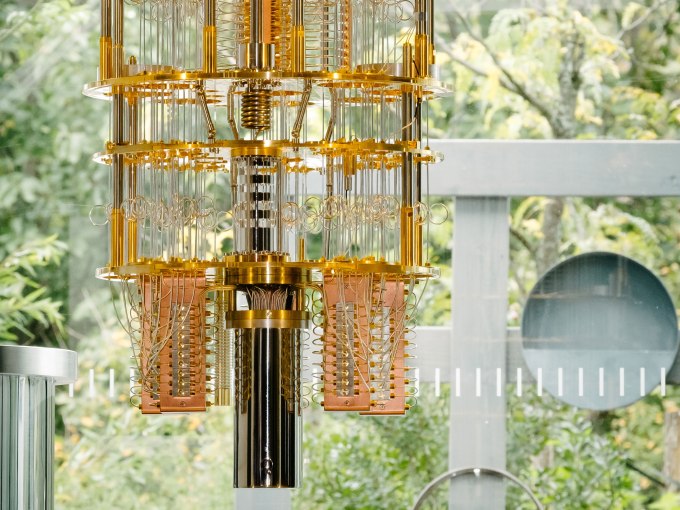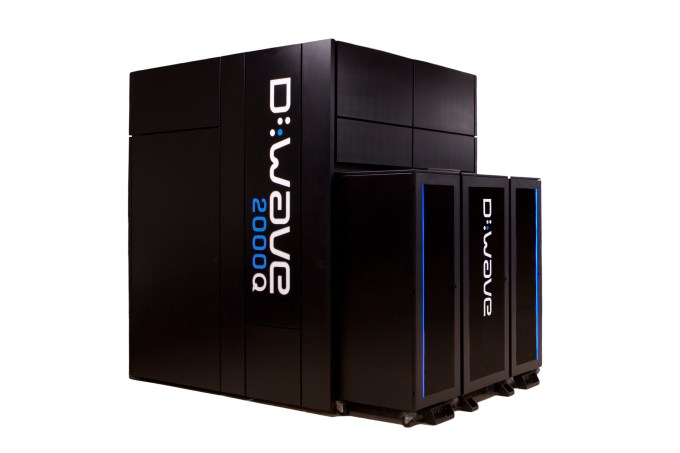Quantum Recommendation Problem Obsoleted
via Flickr, Ewin Tang is a University of Texas, Austin, Dean’s Honored Graduate in Computer Science. He is receiving an Honors Bachelors of Science in Computer Science and a Bachelors of Science in Mathematics, with the Pure Mathematics option.
… Continue reading Quantum Recommendation Problem Obsoleted
 IBM has been offering quantum computing as a cloud service since last year when it came out with a 5 qubit version of the advanced computers. Today, the company announced that it’s releasing 20-qubit quantum computers, quite a leap in just 18 months. A qubit is a single unit of quantum information. The company also announced that IBM researchers had successfully built a 50 qubit…
IBM has been offering quantum computing as a cloud service since last year when it came out with a 5 qubit version of the advanced computers. Today, the company announced that it’s releasing 20-qubit quantum computers, quite a leap in just 18 months. A qubit is a single unit of quantum information. The company also announced that IBM researchers had successfully built a 50 qubit…  Universal quantum computers don’t exist, but that hasn’t stopped D-Wave from carving out its own place in the quantum computing market. Today, the 17-year-old company is announcing its forth quantum chip, the 2000Q, doubling the number of qubits on its exiting 1000Q chip. The Burnaby, British Columbia based company’s chips fall under a specific class of quantum…
Universal quantum computers don’t exist, but that hasn’t stopped D-Wave from carving out its own place in the quantum computing market. Today, the 17-year-old company is announcing its forth quantum chip, the 2000Q, doubling the number of qubits on its exiting 1000Q chip. The Burnaby, British Columbia based company’s chips fall under a specific class of quantum…